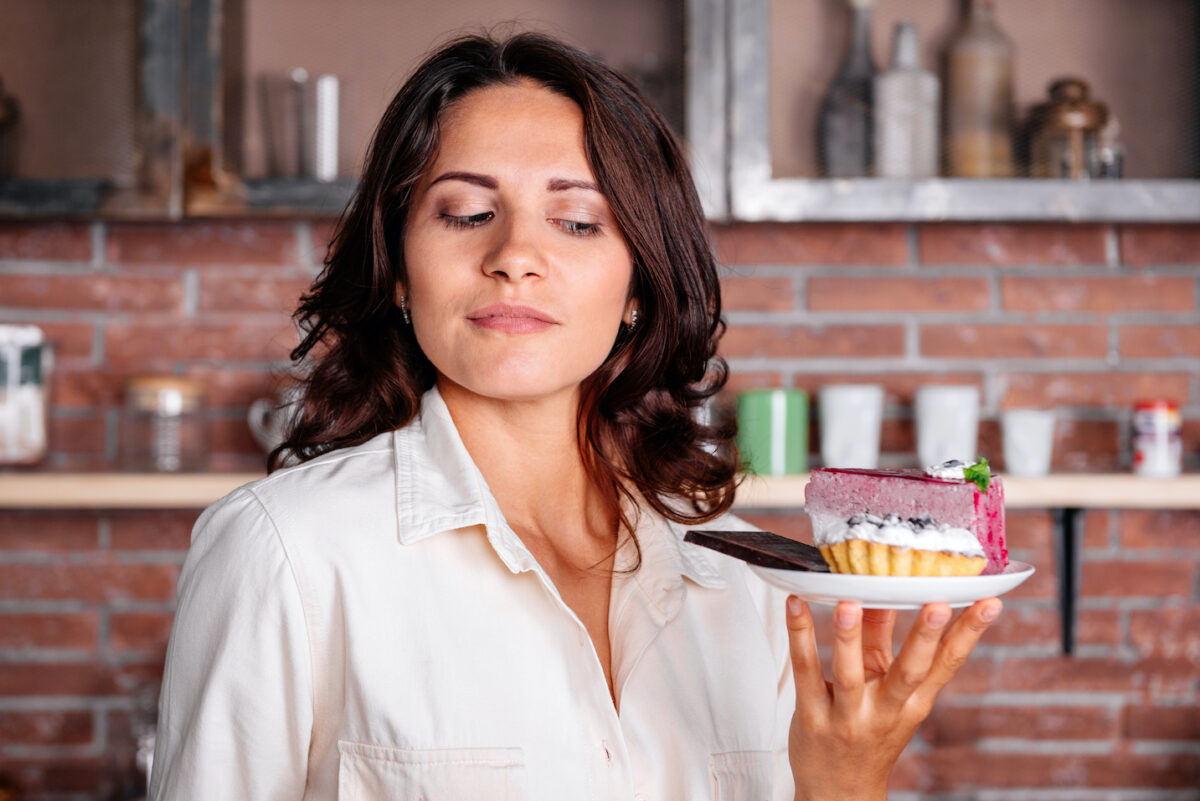Sugar takes your brain on an addictive joy ride that can make it hard to resist. This excerpt from Julie Daniluk’s new book, “Going Sugar Free: How to Break Out of Inflammatory Sugars and Embrace a Naturally Sweet Life,” explains exactly what happens when you eat that chocolate lava cake.
Why do we love sugar?
Did you know that children do not develop a taste for salt until four months of age, but our taste for sweets occurs from the moment we are born? turns out sugar it is a type of temporary pain reliever; a 2005 study showed that children can keep their hands in cold water longer if they have candy in their mouths.
Sugar is so seductive that scientists have recently revealed through brain scans that when we eat sugar, our brains light up in a similar way to when we ingest hard drugs like cocaine. Many mind-altering substances, such as OxyContin, ecstasy, heroin, alcohol, and marijuana, overactivate the dopamine reward system. Dopamine, our main reward hormone, tells us things like, “Great job, do it again, you’re successful, you’re amazing.” It is released when we do things that we enjoy, such as meeting friends, winning an award, being successful at work, etc. It is also released when we consume sugar.
To make matters worse, dopamine receptors can become desensitized to the presence of dopamine when continuously activated. If you constantly increase your dopamine, you will need to do more and more extreme actions to get the same “reward” that a less extreme action got before. In other words, your brain becomes resistant to the hit of dopamine, creating more and more extreme behavior. Because dopamine is the main hormone involved in addiction, you can see how it may be working in the background of your sugar addiction, whether you know it or not.
You’ll get part of the dopamine response every time you eat a piece of candy, but you’ll need to increase the amount of sugar you eat to feel the same high over time. Sugar elicits the largest dopamine response of any food on the planet, which is fascinating compared to the response of other remarkably pleasurable foods that have no chance of capturing our attention. You wish broccoli elicited the same reward response, but compared to the response elicited by refined sugar, your reward center just gets bored with healthy food. Sugar is addictive because we never get tired of being rewarded, and as the reward decreases with each hit, we chase it more and more.
Let’s go over that bite of chocolate lava cake. It’s so joyful when your reward center yells, “Yes, that’s a great idea! Do that again!” We often enjoy treats like this when we’re doing other happy things. For example, if it’s our birthday, we usually socialize with friends and ingest other pleasurable substances like alcohol or caffeine that give us a big high. of dopamine.
There’s an old saying in neuroscience: “Neurons that fire together, wire together.” This means that the more often you run a neural circuit in your brain, the stronger that circuit relationship becomes. If you continue to chase dopamine with sugar and combine that behavior with other pleasures, this accumulation of multiple rewards that feel good in the moment can have long-term health effects. This chapter looks at ways you can create new behaviors that will stack the health cards in your favor. When you learn healthy ways to stimulate dopamine, you no longer need refined sugar and flour.
Excerpted from “Going Sugar Free: How to Break Out of Inflammatory Sugars and Embrace a Naturally Sweet Life” by Julie Daniluk. © 2021 Julie Daniluk Consulting Inc. Photography © 2021 Alan Smith, with Julie Daniluk, Bethany Bierema and Nat Caron. Published by Penguin Canada, a division of Penguin Random House Canada Limited. Reproduced by arrangement with the publisher. All rights reserved.
Nutritionist and television personality Julie Daniluk is the award-winning, best-selling author of three books, including “Meals That Heal Inflammation” and “Hot Detox.” Her fourth book, “Becoming Sugar-Free,” was released in September 2021 by Penguin/Random House. Julie is in her eleventh season as a nutrition expert on “The Marilyn Denis Show.” For more information, see juliedaniluk.comFacebook and Instagram @juliedaniluk.
This article was first published in radiant life Magazine.
.
